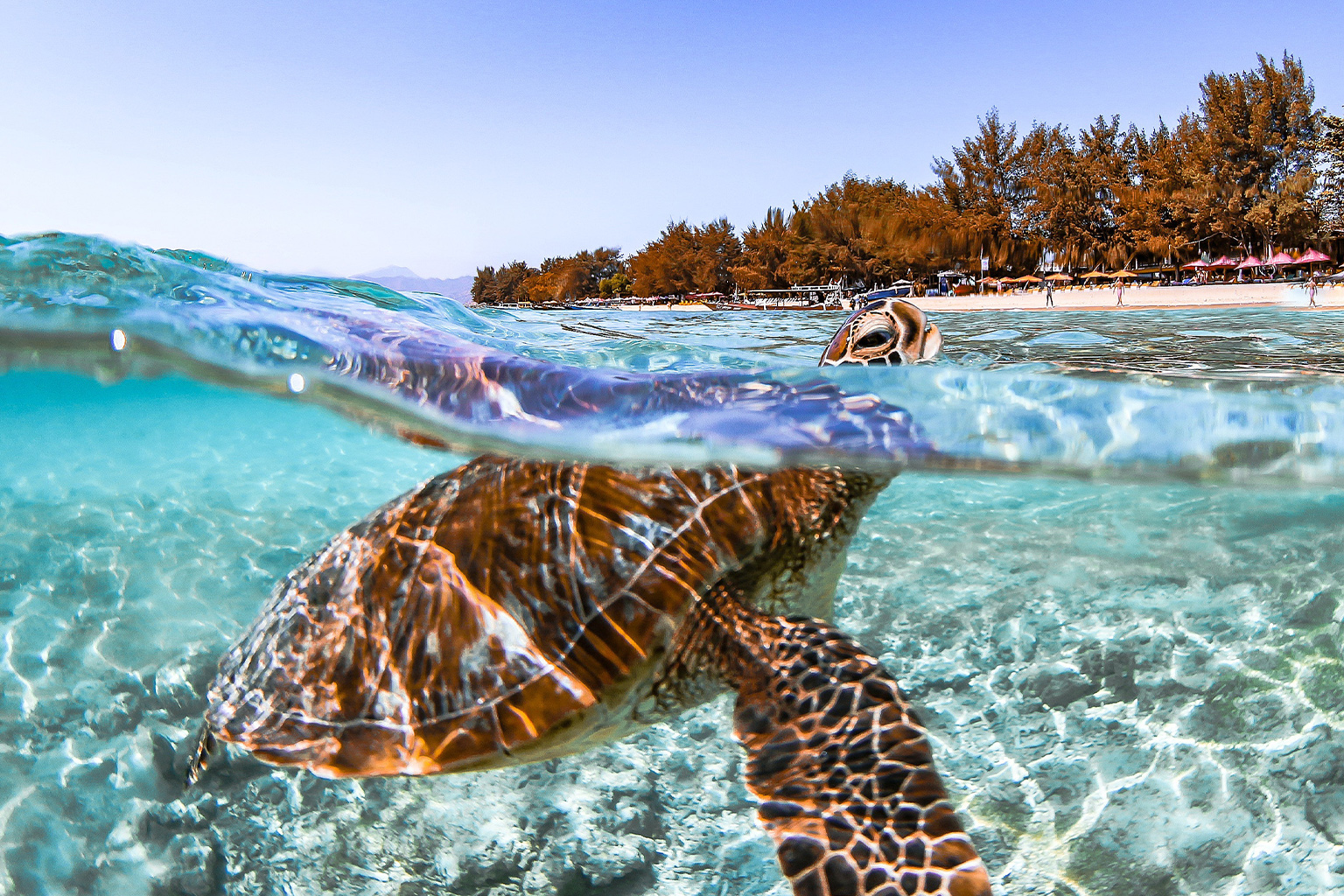
Biodiversity. When you hear this word, what do you picture? Iconic animals like African elephants, gray wolves and humpback whales? Or multicolored coral species that make up a reef system? Or bacteria and microbes that regulate nutrients in the soil, or oxygen-releasing phytoplankton that live in the ocean’s sunlit zones?
While biodiversity does embrace all these living things, the concept extends beyond mere species diversity or abundance. It also encompasses the infinite variety of genes that allow animals and plants to adapt and survive, as well as the diversity of planetary ecosystems, and the different functions that organisms and ecosystems play in our intricately connected world.
In short, biodiversity is the living web of species and ecosystems that form the basis of life on Earth. Humanity, of course, is part of biodiversity, but it is also a driver of biodiversity loss. Homo sapiens can negatively impact species and ecosystems through a multitude of actions, but we are also dependent on biodiversity for food, energy, medicine, economic security, and our overall well-being.
With biodiversity embracing such a wide breadth of organisms, ecosystems and genes, it can be challenging to understand the full extent of humanity’s impact on it, especially when one considers the fact that we only know about 20% of Earth’s species. There are, however, plenty of indicators to suggest that human activities are placing exceptional pressure on biodiversity.
For instance, the Intergovernmental Science-Policy Platform on Biodiversity and Ecosystem Services (IPBES) estimates that about 77% of the land and 87% of the ocean have been altered by humans, which has led to a loss of 83% of wild mammal biomass, and half of the world’s plant biomass. The IPBES also suggests that more than a million plant and animal species are currently threatened with extinction, potentially putting us on a path to what has been dubbed Earth’s sixth mass extinction […]
Read more on Mongabay.